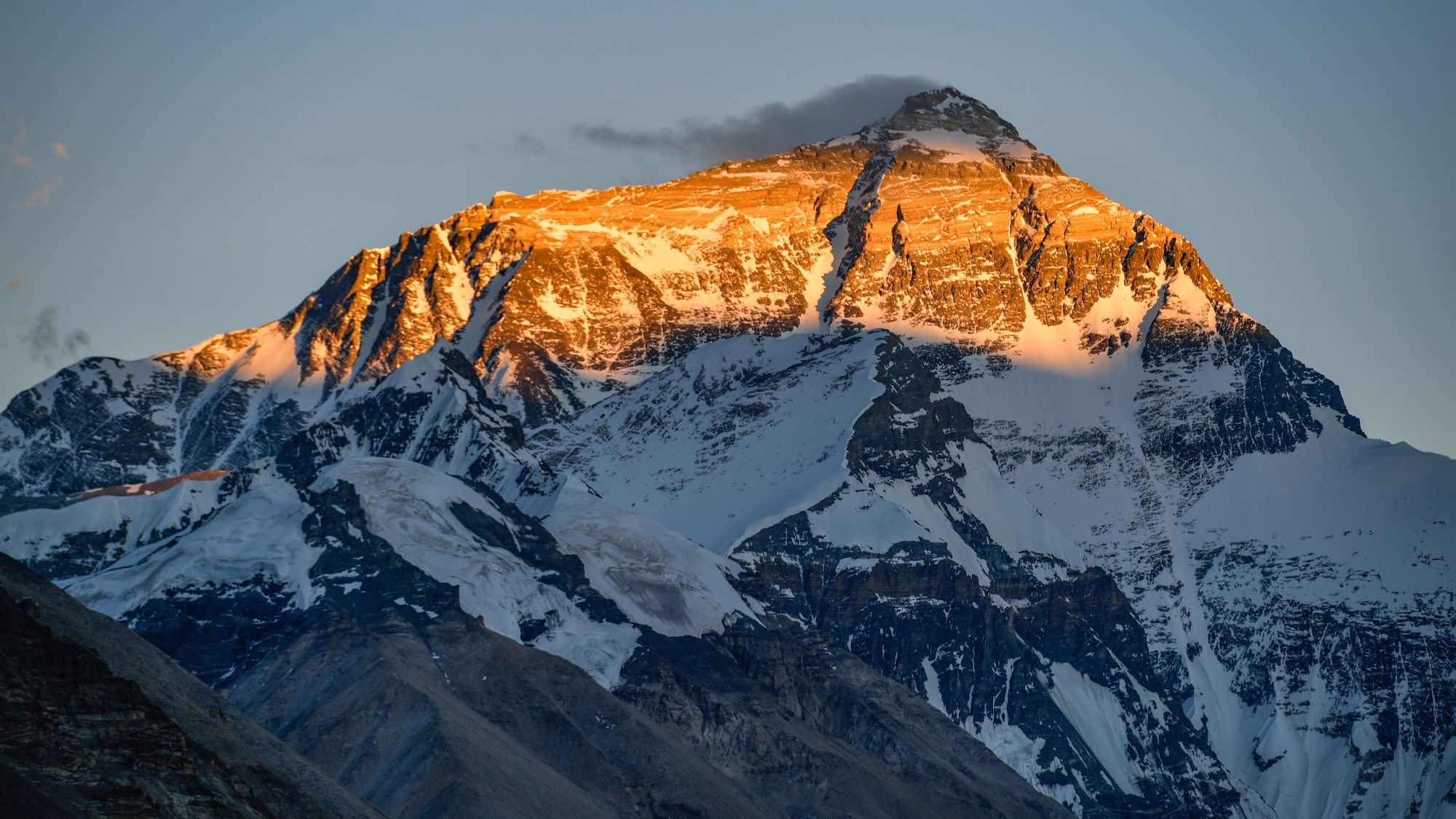China Allows Foreign Climbers via Tibet
In a significant shift since the pandemic, China has announced its decision to permit foreign climbers to ascend Mount Everest via Tibet, for the first time in 4 years
Among those preparing to lead climbers up the north route of the world’s tallest peak is Adrian Ballinger, an experienced guide who has reached the summit of Everest 8 times.
Ballinger, who favors the Tibet route over the more popular Nepal route, will be guiding a team of climbers through his company, Alpenglow Expeditions, this year.
This year, Alpenglow Expeditions, Ballinger’s company will lead a group of climbers to the summit.
Pass Distribution and Entry Protocols
All passes to use the Chinese route up the mountain, known in China as Qomolangma, are distributed by the China Tibet Mountaineering Association (CTMA) instead of a tourism official or council in Beijing.

Notably, there is no official announcement from the Chinese government regarding the issuance of these passes.
According to Ballinger, the most reliable indicator for non-Chinese climbers regarding the opening of the Tibet side of Everest is when the CTMA releases a price list for the season.
These comprehensive lists detail expenses such as the fees for yaks, which transport equipment up and down the mountain, as well as expenses for local guides, translators, and transportation from Tibet’s capital, Lhasa, to Everest Base Camp.
Foreign climbers scaling Mount Everest from the Tibetan side will now be required to carry their waste with them as Nepal confronts an increasing waste dilemma on the mountain.
Additionally, foreigners seeking tourist visas to China must obtain a separate visa for Tibet, a semi-autonomous region, with assistance provided by the China Tibet Mountaineering Association (CTMA) for climbers.
Preparation and Climbing Season
Typically falling between late April and mid-May, the window for climbing Everest sees a rush of climbers eager to conquer the world’s tallest peak.
 In past years, the Chinese route held more prestige from 2000 to 2007 due to perceived safety advantages over the Nepali route.
In past years, the Chinese route held more prestige from 2000 to 2007 due to perceived safety advantages over the Nepali route.
However, with only a maximum of 300 permits available annually for non-Chinese climbers, securing access can be competitive.
Ballinger’s team is set to capitalize on this narrow window by arriving in China on April 25 after pre-acclimatizing at home, optimizing their preparation time for the ascent.
Competition To reach Everest
Although Nepal’s route to the summit of Everest is more renowned and extensively documented, the higher influx of visitors has led to increased litter, erosion, and human waste.
However, this wasn’t the historical norm.
“Climbing from the Chinese side used to be more popular than climbing from the Nepali side. So from about 2000 to 2007, the Chinese side was the more popular side, and it was commonly
So what revised?
During the 2008 Summer Olympics in Beijing, the Olympic Flame took an unexpected detour to Mount Everest, even though numerous climbers were already geared up to summit the world’s highest peak.
This decision had significant consequences, as recalled by Ballinger: “They closed the mountain for the entire season 8 days before we all arrived on the mountain in 2008, and a lot of people lost a lot of money. And as a result of that choice, that year’s business moved to the Nepali side.”











